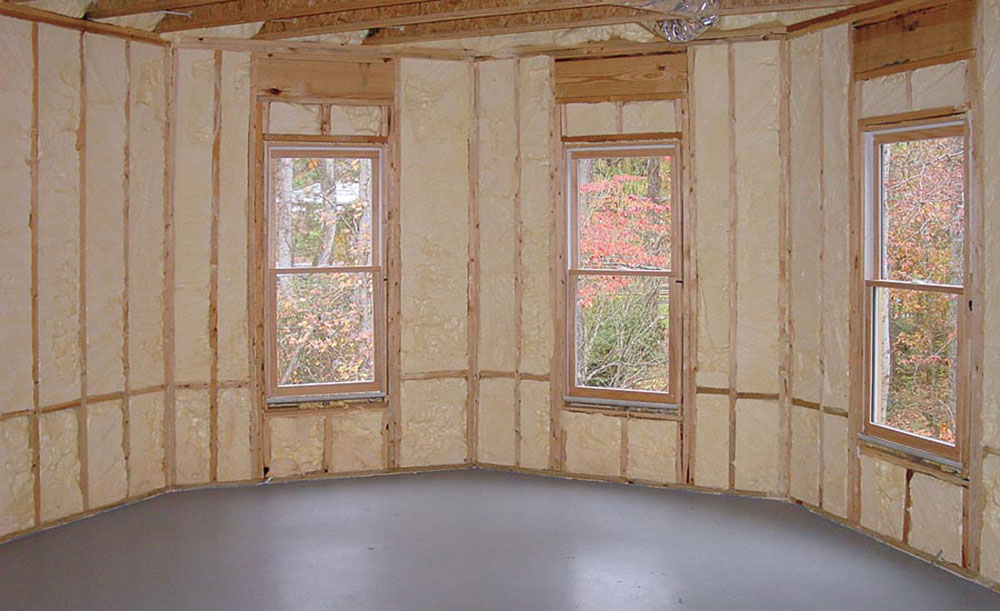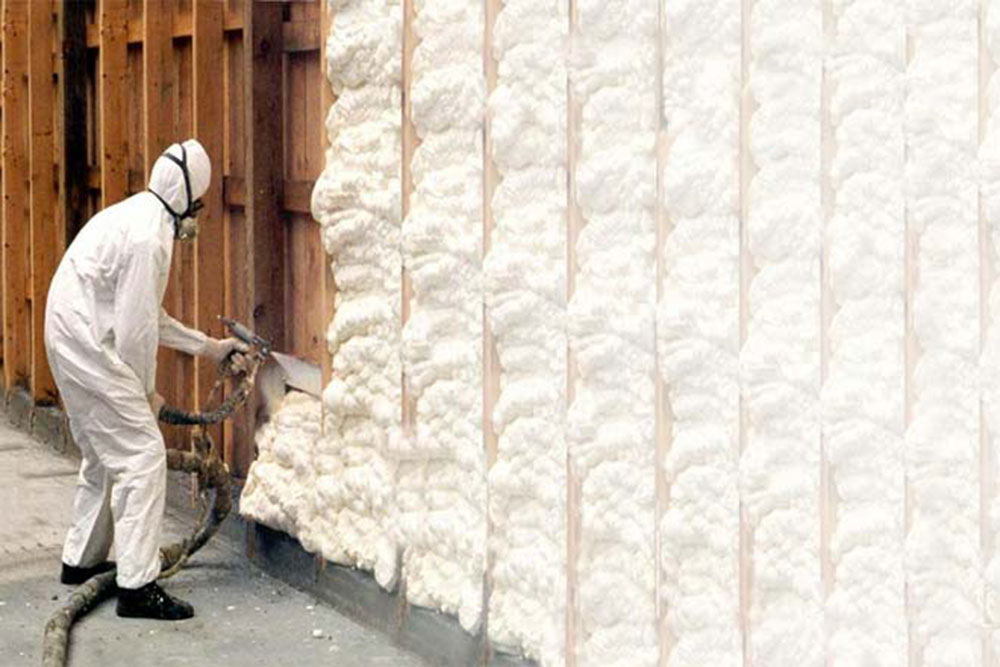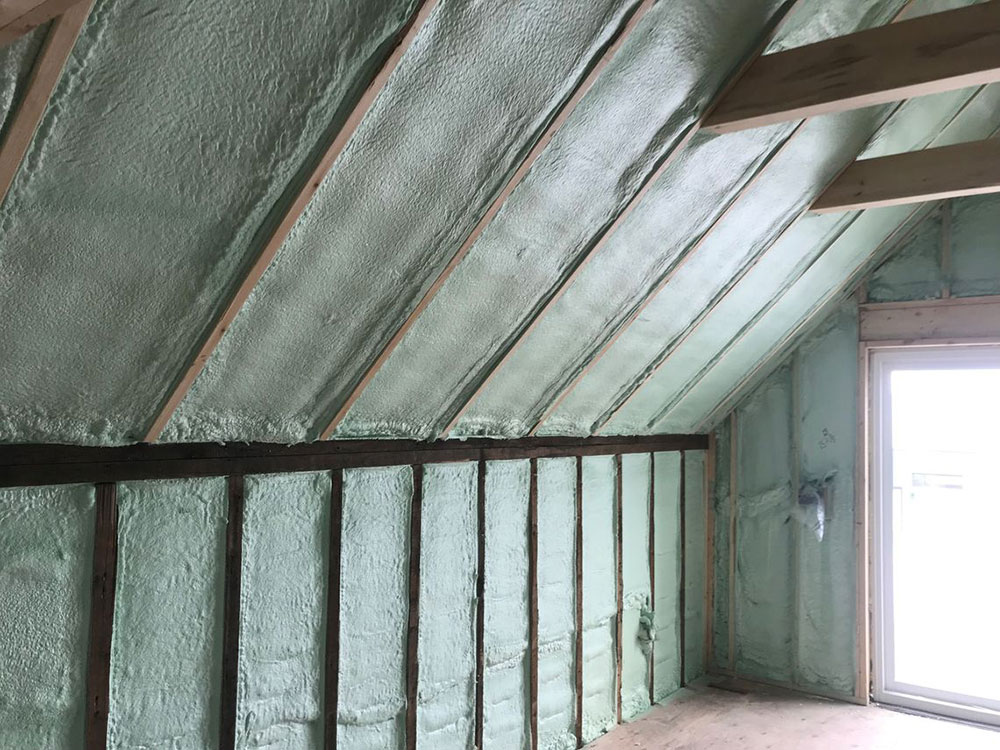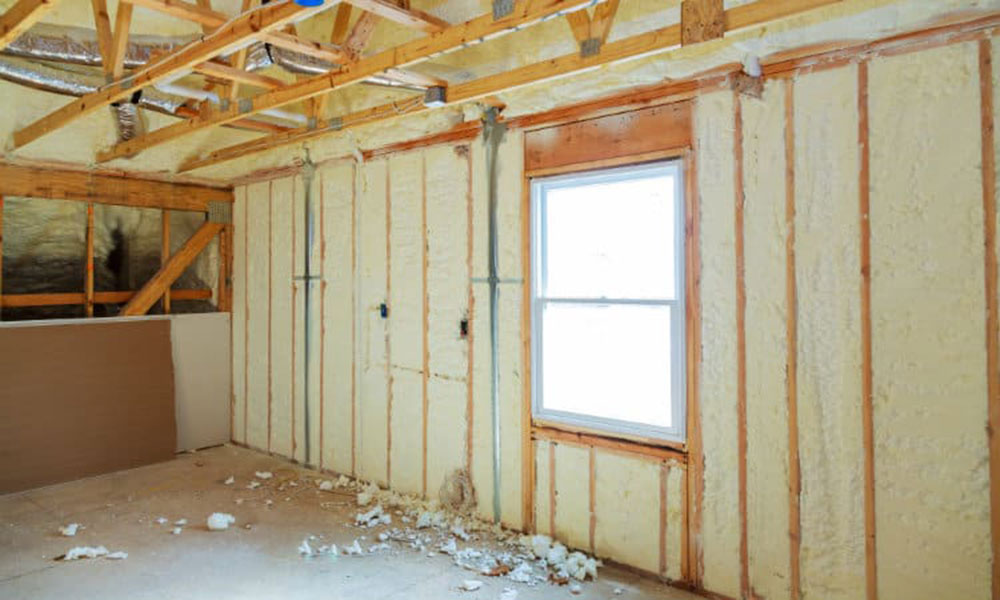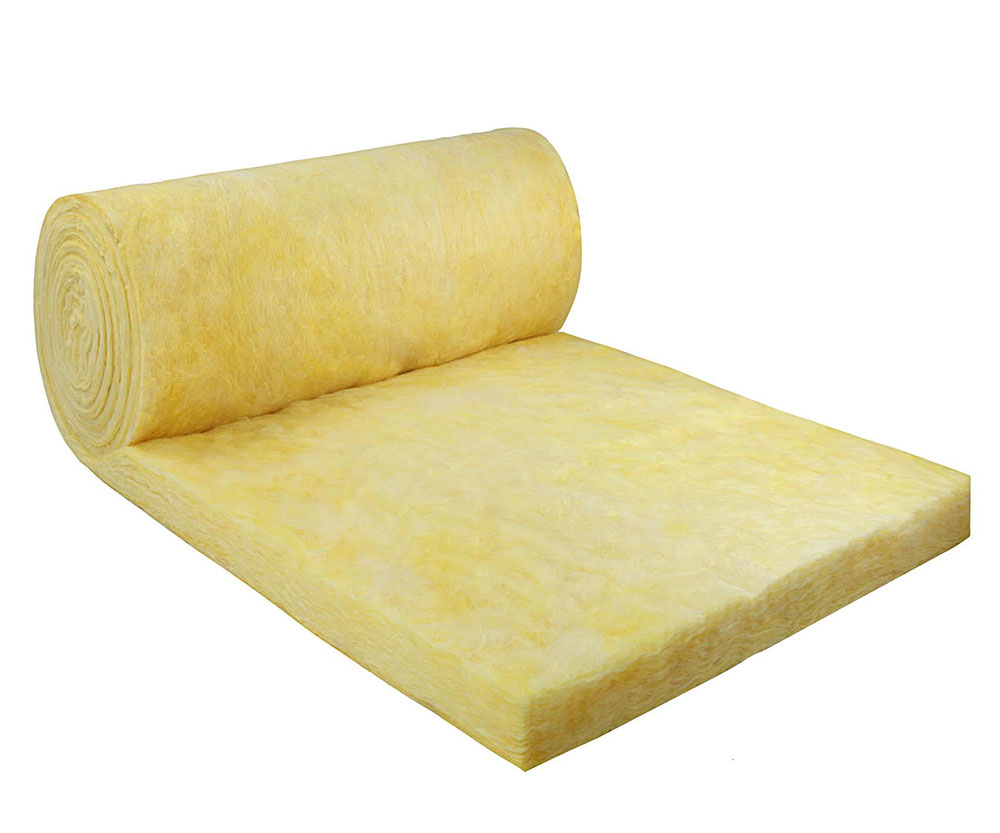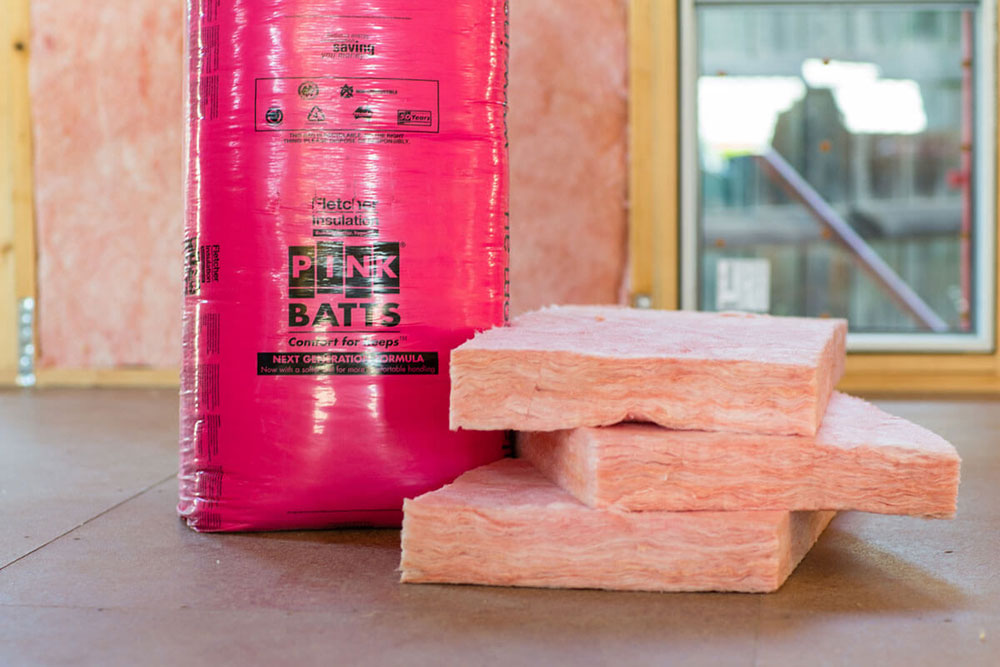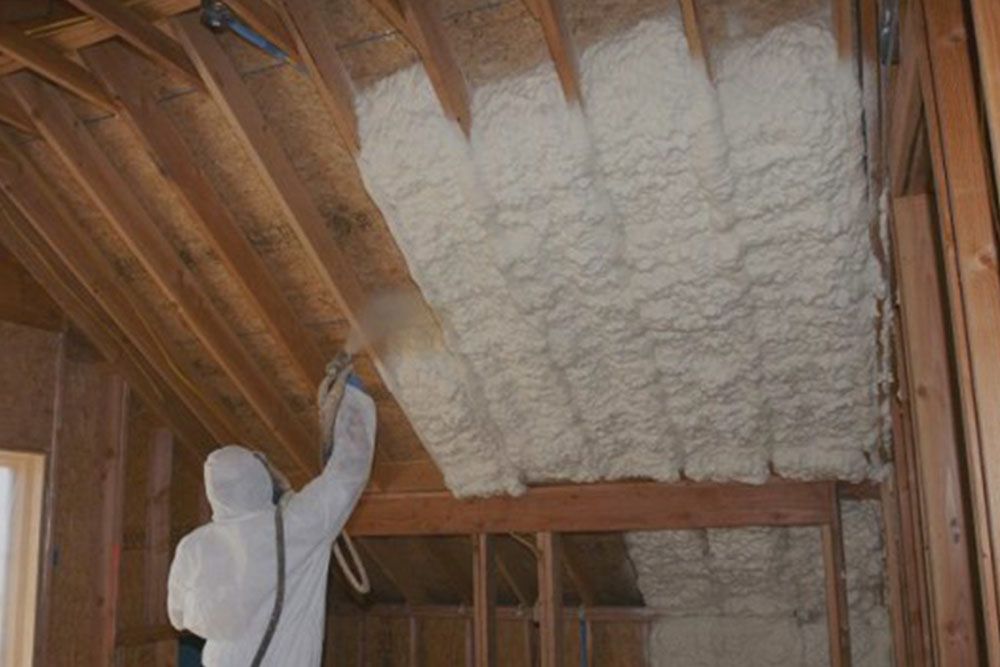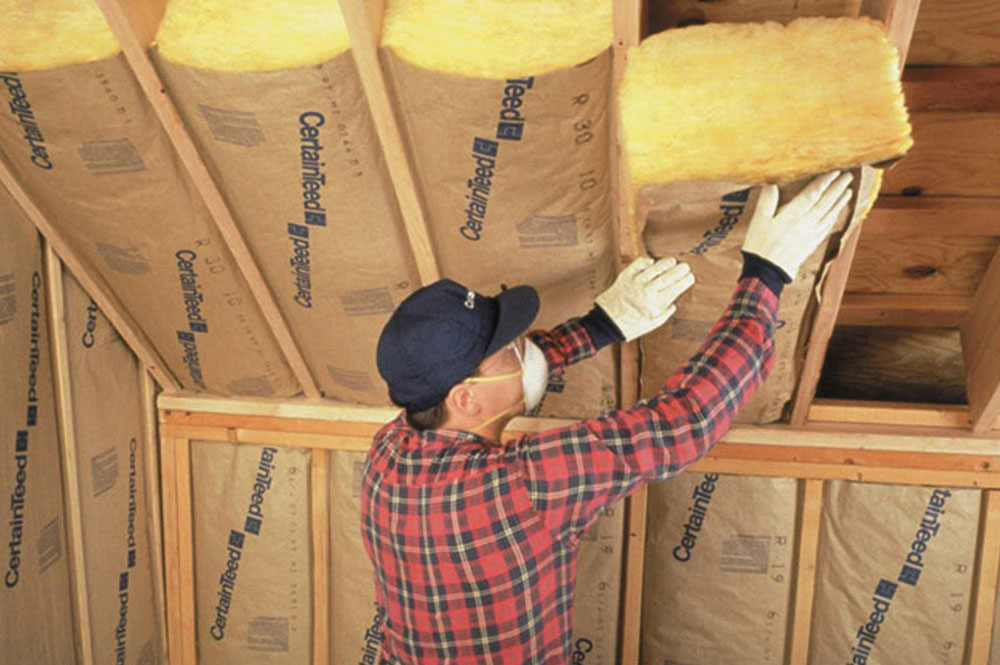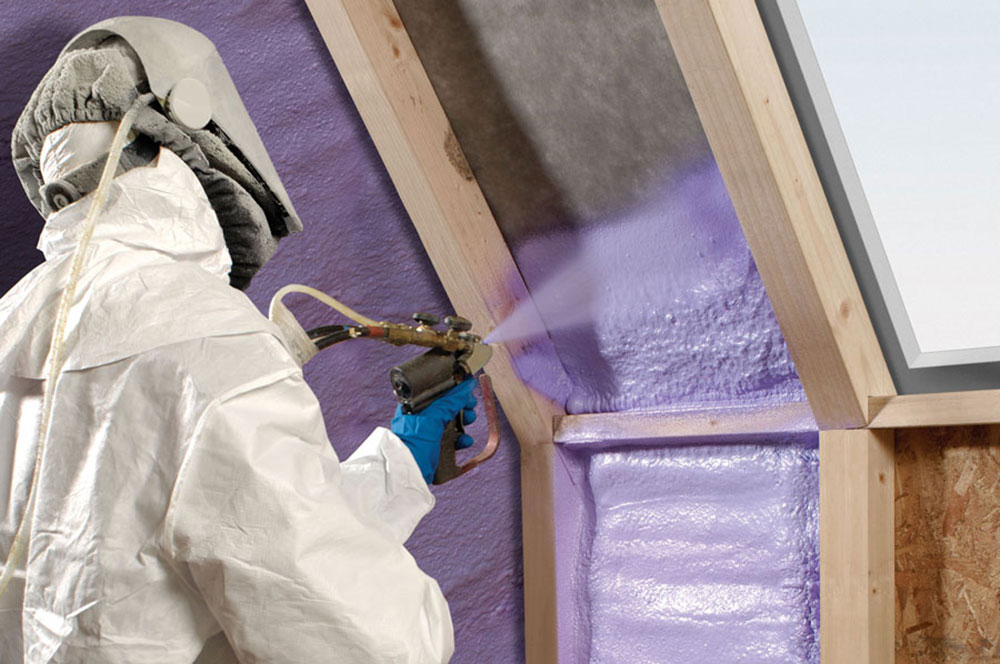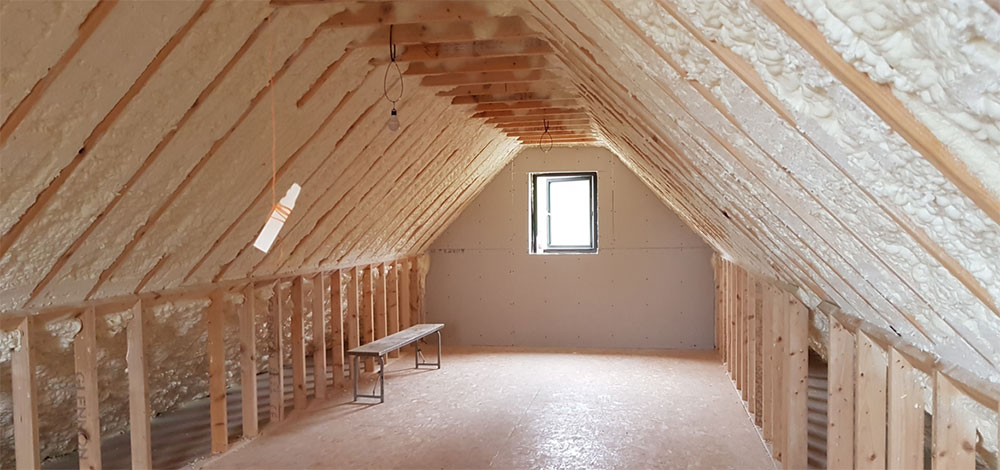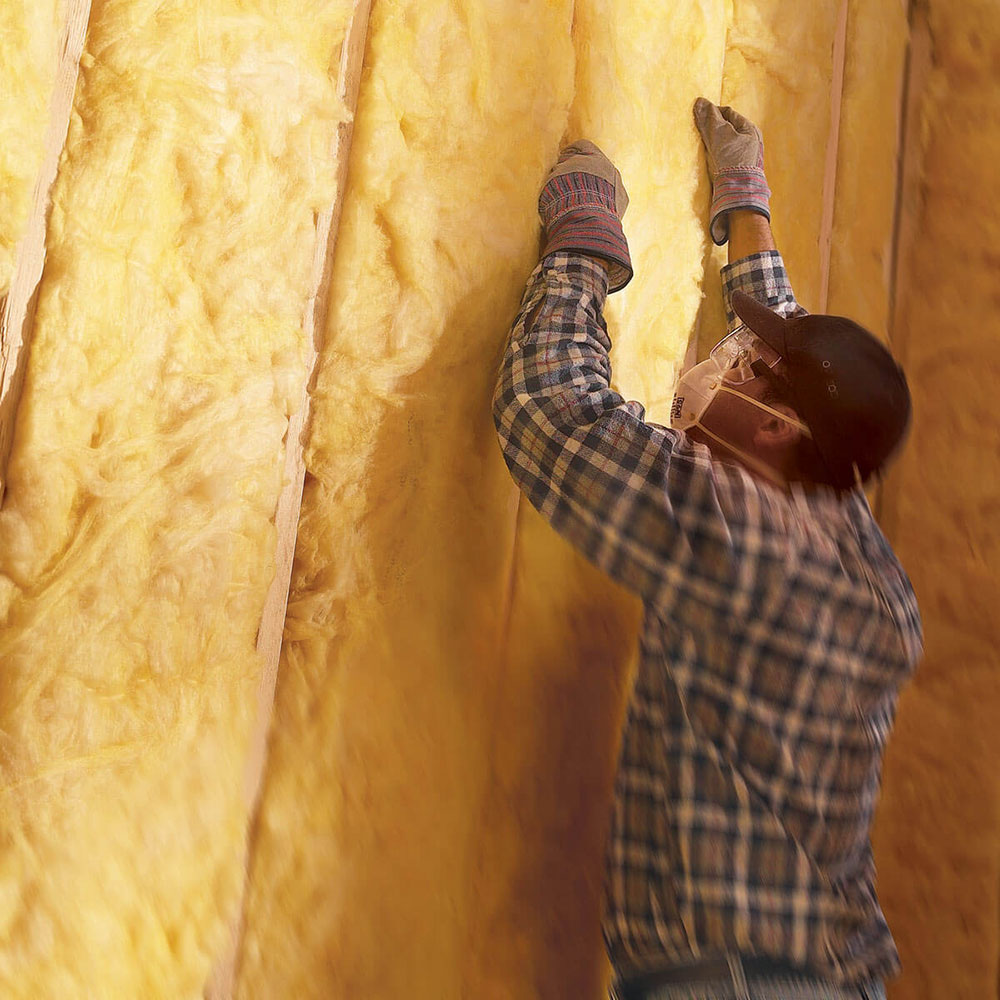Advertisement
When designing a home, one of the most pressing concerns is the insulation. It’s a crucial component that keeps our house from getting too cold or hot, and it allows us to keep comfortable temperatures.
The importance of insulation extends on the long-term. It helps us conserve energy and money on heating or cooling down, although the initial costs might be slightly higher if we really want an efficient insulation.
Nowadays, the main question is about the type of insulation we choose. There are various kinds of insulation, and each one comes with its pros and cons. But even these smaller differences can be overcome by knowing the specifications of insulation, and how it works.
Spray foam and fiberglass seem to dominate the conversations. When choosing between the two, you need to know the differences between spray foam insulation vs fiberglass. What are the pros and cons of each one, and what long-term implications do both have in store for you. Additionally, there’s a question of how well it fits your overall house design.
In this article, we’ll compare spray foam insulation vs fiberglass and help make your decision slightly easier.
About Spray Foam Insulation
First of all, let’s dip our toes into the waters of spray foam insulation.
We can safely say that it’s a relatively new form of insulation, at least compared to fiberglass. The main component of spray foam is usually a polymer; polyurethane is the most common one. The way this foam works is that once it’s applied, it tends to expand 40-120 times its original size, which depends on the type of foam.
Then, over time, this foam hardens and toughens, and forms a solid. It will fill the air gaps and pockets that are hardly accessible, which is where the foam shines.
Main Types of Spray Foam Insulation
In essence, we know two main types of spray foam insulation: closed cell and open cell.
Closed Cell Insulation
Closed cell insulation is the most common type of spray foam. It’s slightly more expensive than open cell, but also more thorough. It fills the air pockets and gaps completely, leaving little to no air flow into your home. It will also add some structural stability to your home or office. That makes it a great choice for areas with strong winds and other hazards.
Open Cell Insulation
The other common type of insulation is open cell insulation. This one’s slightly more budget-friendly, but you don’t get the structural stability that you get with closed cell insulation. There’s some air left between the air pockets, but the insulation still keeps the warmth or coldness out. This option is considered where there is no need for additional structural stability.
About Fiberglass Insulation
Fiberglass is a more traditional type of material used for insulation. These extremely fine glass fibers are used to keep the heat inside the home. They trap air bubbles, which creates an insulating effect and keeps the heat indoors and the cold outdoors.
Types of Fiberglass Insulation
There are two types of fiberglass insulation: fiberglass blankets and loose-fill.
Blankets
Blankets are great for using it in areas that are relatively easily accessible such as attics. This is usually the case for new constructions, although not necessarily. They do need some skill to use though, as they need to be cut to fit the holes precisely. They are more common than loose-fill.
Fiberglass batts
These are sold in different densities. They have varying R-values; this value determines the density, and they range from 3.2 to 3.8 per inch. The higher R-values are those of 4.3 per inch or even higher.
Spray Foam Insulation vs Fiberglass
And now for the meat and potatoes of the article – the comparison between spray foam insulation vs fiberglass.
Thermal Protection
This factor really leans a lot on the quality of installation and the type of insulation used. For spray foam insulation, we can say that it usually has the highest levels of R-value – between 3.6 and 3.8. But what makes it extra effective is the fact that it covers almost everything, as it covers even the tightest of areas.
On the other hand, fiberglass insulation also offers a satisfactory level of thermal protection. Batts and loose-fill can provide R values of up to 4.3. But the problem comes if the insulation is installed improperly, or inaccurately. This means that the insulation will lose efficiency over time, and will require topping up.
The Costs
As we already noted, closed cell spray foam usually costs slightly more, but is also the most effective form, in many cases. It will cost about $1 – $1.50 per board foot, while the open cell spray foam will cost between $0.45 and $0.80 per board foot.
Fiberglass, on the other hand, can also be costly if we opt for a higher quality of fiberglass. The standard fiberglass will cost between $0.50 and $1 per square foot of wall, while batts with higher densities tend to cost $1 or more per square foot.
If we compare closed spray foam, which costs about $1.30 to $3.50 per square foot, to fiberglass, we can see that spray foam is slightly more expensive, or at least the closed cell one.
The Quality of the Seal and Air Barrier
This is where the closed cell spray foam shines. It will cover almost everything between the wall and your home, which will prevent the transfer of heat. It’s the most quality and reliable tool, and also reduces the likelihood of mold and increases the energy efficiency.
Fiberglass can be slightly trickier, on the other hand. While it can be very effective, it will also need to be installed properly and professionally, which presents an additional cost. A DIY approach can be tempting, but it might cost you on the long-term.
Length of Life
Fiberglass insulation will last you up to a couple of years, especially when you buy high-quality fiberglass. But you must note that after some time, the fiberglass will deteriorate, which means you’ll need to replace it after some time. And that’s obviously an additional cost.
On the other hand, spray foam can last you a lifetime of a human being. Some types of foam can last all the way up to 80 years. So you can see that foam is a permanent solution. You might have to pay more upfront, but you get quality as well as longevity.
Barrier for Moisture
Spray foam might include vapor barrier, depending on the type of insulation and the quality of installation. It’s best to consult a professional about it, and to install it properly to install a barrier for moisture.
On the other hand, fiberglass won’t provide a vapor barrier, and it will need to be installed separately. This is a big problem, especially for installers that are not experienced.
Sound and Allergy Considerations
If you’re looking for an option that will preserve you from heat and cold, but also from sound pollution and allergen protection, then spray foam is the better choice. While it will protect you from heat and cold, it can be a sound barrier, although not as effective as dedicated sound barriers. It will also block allergens such as pollen.
Fiberglass, on the other hand, has a significantly smaller sound-blocking capacity than spray foam. It will block some of it, but just not as much as the open cell spray foam.
Fire Hazards
Both fiberglass and spray foam can be flammable. Spray foam often needs intumescent paint to protect it from fires.
Ending thoughts on spray foam insulation vs fiberglass
If we conclude this article, let’s say that in the end, the final decision is with you. If you’re looking for a slightly more effective solution that will last you longer, spray foam is the better option.
If you’re looking to save some money, then you can consider fiberglass. But know that it won’t last you an eternity, and it will also not be as effective as closed cell spray foam.
If you enjoyed reading this article about spray foam insulation vs fiberglass, you should read these as well:

